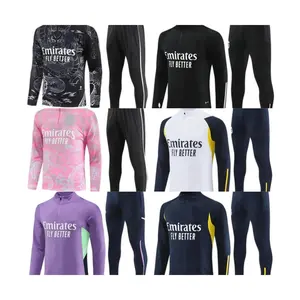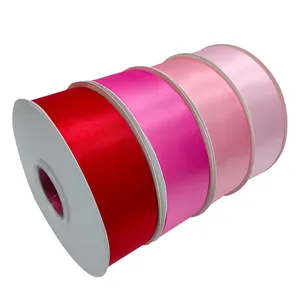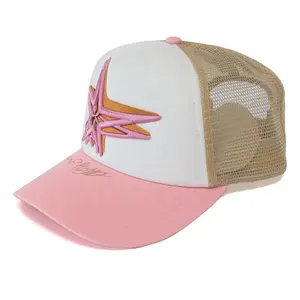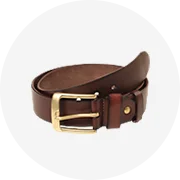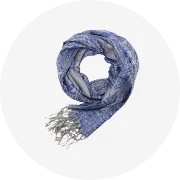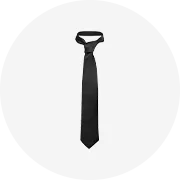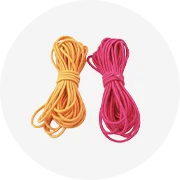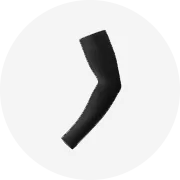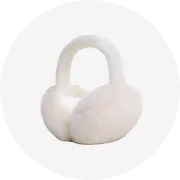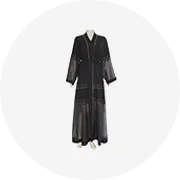Popular en tu industria






Maxpower-Alicates de abrazadera, brazo deslizante de apertura superamplia, bloqueo C
EUR 8.66 - EUR 9.70
Pedido mínimo: 2 piezas






Alicates hidráulicos de metal y plástico doble, juego de alta resistencia, máquina de fabricación de acero inoxidable, abrazadera de manguera
EUR 0.0186 - EUR 0.0743
Pedido mínimo: 10 piezas







Abrazadera de hierro maleable, abrazaderas de tubo PPR redondas de 1 pulgada, abrazaderas de tubo de soldadura de Metal resistente de 3, 4 y 6 pulgadas Qingdao
EUR 0.0929 - EUR 0.1393
Pedido mínimo: 1000 piezas
Envío por pieza: EUR 4.69







ENJOYWORKS-Clip de liberación rápida para carpintería, abrazadera de barra de nailon de alta resistencia, interno y externo
EUR 2.33
Pedido mínimo: 1000 piezas







Accesorios de barandilla de cable de acero inoxidable 316 al por mayor abrazadera de enrejado 90 grados 4mm Clip cruzado de alambre de sujeción Clip cruzado de cuerda de alambre
EUR 0.7332 - EUR 0.826
Pedido mínimo: 100 piezas







Abrazadera de mesa de soldadura de acero inoxidable, alta calidad, con mango de madera
EUR 5.12
Pedido mínimo: 500 piezas







LISHUAI-abrazadera de soldadura magnética cuadrada, On/Off, 60kg/120kg, imán NdFeB fuerte, para fabricación y carpintería
EUR 24.14 - EUR 35.27
Pedido mínimo: 100 piezas






Abrazaderas de trabajo de Metal chapadas en Zinc y plata, personalizadas, de alta calidad
EUR 0.7425
Pedido mínimo: 500 piezas






Abrazaderas de pestillo de acción de tracción ajustable Abrazadera de palanca estándar Equipo de sujeción de trabajo Bingshuo
EUR 4.65 - EUR 5.48
Pedido mínimo: 10 piezas






Abrazadera de palanca, fabricante de HS-203-FL, abrazaderas rápidas, sujeción Horizontal
EUR 1.49 - EUR 1.81
Pedido mínimo: 10 piezas
Envío por pieza: EUR 4.91






Lámpara de 305E T386 kg apapacidad 42mm lunlunger trotroke SH ush uull yype elding lámpara de igging igepairing omompact lamp orkholding
Listo para enviar
EUR 1.49 - EUR 1.86
Pedido mínimo: 150 piezas
Envío por pieza: EUR 1.23






Abrazadera de sujeción rápida ajustable de buena calidad, abrazadera de sujeción rápida para sujeción de trabajo o plantilla de
EUR 0.9281 - EUR 1.17
Pedido mínimo: 10 piezas
Categorías principales
Sobre abrazaderas de sujeción
¿Eres un fanático de la moda y quieres mostrar tu moda incluso en. abrazaderas de sujeción ? Alibaba.com le lleva la oportunidad correcta para hacerlo. Con una extensa colección de. abrazaderas de sujeción , eventualmente te llevas a un país de los sueños. abrazaderas de sujeción que puede mostrar cada lado de su declaración de estilo. Al explorar las amplias categorías de productos, literalmente, incluso puede confundirse sobre qué comprar y qué no. Para las personas que desean atacar una declaración de estilo inigualable, estas. abrazaderas de sujeción son lo suficientemente audaces como para hacerlo. Los. abrazaderas de sujeción son lo suficientemente hermosas como para hacer alarde de su estilo incomparable y aumentar su confianza en sí mismo. Independientemente de la fiesta u ocasión, va a asistir, estos. abrazaderas de sujeción puede hacer que se vea el más brillante en sus días más ordinarios.
abrazaderas de sujeción en alibaba.com está hecha de la tela de calidad más fina que extiende la relajación y la declaración de moda al mismo tiempo. Sea eres un hombre o una mujer que busca sobresaliente. abrazaderas de sujeción , lo obtienes todo aquí. Ofreciendo una colección completa de. abrazaderas de sujeción hecha de seda, algodón, rayas, floral, clásica, longitud corta, larga longitud, cuello de tortuga y muchos más, los encuentras a la venta en línea.
Visite Alibaba .com ahora y seleccione de la exclusiva. abrazaderas de sujeción variantes que van con su billetera para agregar estilo y moda a su código de vestimenta casual. Descuentos impresionantes y interminables opciones para explorar variados. abrazaderas de sujeción Conviértete en una experiencia maravillosa de compras de múltiples proveedores y proveedores.
Visite Alibaba .com ahora y seleccione de la exclusiva. abrazaderas de sujeción variantes que van con su billetera para agregar estilo y moda a su código de vestimenta casual. Descuentos impresionantes y interminables opciones para explorar variados. abrazaderas de sujeción Conviértete en una experiencia maravillosa de compras de múltiples proveedores y proveedores.
